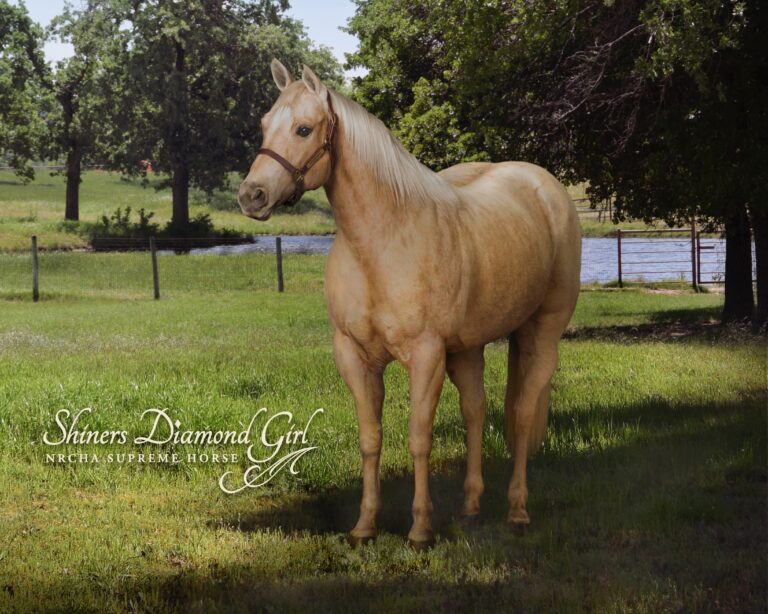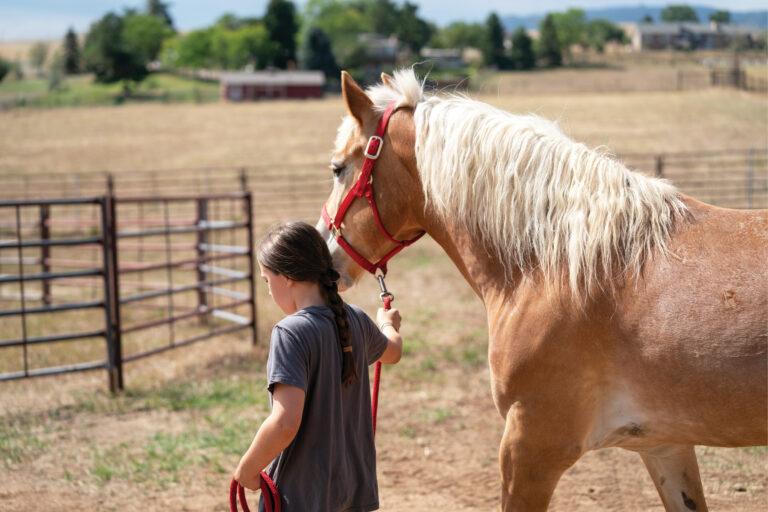Navigating Costa Rica’s vibrant landscapes atop the nation’s iconic horse breed, the Costarricense de Paso, offers an unparalleled and truly treasured experience.

On my journey through Costa Rica, I arrived at El Lugar Resort’s horseback riding facility, El Encanto, to encounter a horse unlike any I’ve ever ridden. Thoroughbreds. Yes. Quarter Horses? Double yes. Irish Warmbloods and Tennessee Walking Horses? Only one time each, but also yes. Paints, ponies and mustangs? Of course. Costarricenses de Paso? … A what?
In my defense, I had also never been to Costa Rica and, now that I have, I will gladly lay claim to having experienced one of the country’s richest cultural assets: The Costarricense de Paso, Costa Rica’s national horse breed.
The origins of Costa Rica’s horse
Though the Costarricense de Paso is making gains in the United States with the founding of a Texas-based association, the horse—also known as the Costa Rican Walking Horse—is at the heart of its home country in Central America.
The breed is an outcross between the Andalusian and the Peruvian Paso—both horses boasting roots in Spain’s revered horse breeding history—the Andalusian dating back to the Moor invasion in the seventh century, and the Peruvian Paso the result of the Spanish Conquest in Peru in the 1500s.
The Andalusian became the choice mount of nobles and the Carthaginian cavalry alike thanks to its 15.2-hand stature, powerful chest and willing temperament. The Peruvian Paso, meanwhile, is a naturally gaited animal, bred for a supreme riding experience, but also to handle the varied and challenging terrains of Peru.

The development of the Costa Rican Paso then began in the mid-1800s and, nearly 100 years later, Janitzo was born in 1955 and would become the breed’s foundation sire. In 1972, Costa Rica created a registry and an association for their beloved breed—the Asociación de Criadores del Caballo Costarricense de Paso. In 1994, by a National Executive Decree of Costa Rica, the Costarricense de Paso became the National Breed of Costa Rica—“an animal that is characterized by its beauty, resistance, energy and elegance in his movements.”
“The reason why we love so much the animals, or at least why I do,” ASCACOPA registration committee president José Molina began, “is because of the history of the animals. The animals are very important in the development of this country, Costa Rica, and most of the South and Central American countries, have been done or obtained by the horn of an ox and the saddle of a horse.”
The pros of the Costa Rican Paso
A notable characteristic of the Costarricense de Paso is how the animal moves with “action.”
“The difference is how this animal walks,” Molina said. “It has an action that is natural. You want an animal that will elevate the front legs and elevate the hind legs [and], in the Costa Rican Paso horse, you will see that they are naturally with these movements in the front and back legs. It goes through their life.”
The wranglers at El Lugar execute a demonstration of the horses for the guests so that we can witness this action for ourselves. They are, indeed, high-stepping wonders. The horses carry their heads high, too, but not their noses. They are slick from the humidity of the jungle air, and lean, but show no signs of exhaustion—a trait of efficiency the breed has maintained from the Barb horses that informed the makeup of the Andalusian. Instead, they present a disciplined yet graceful power.
In a 2020 video about the breed, El Lugar’s owner and the man championing the breed association here in the states, Gary Douglas, talks about what he finds so appealing in these horses.
“I went to Costa Rica for [work] and while I was down there, I rode some of these horses and I was just stunned with how comfortable they were, how beautiful they were. And with the Costarricenses, they’re big enough that there’s this sense of their power, their brilliance. They they have a higher head carriage and, as a result, I feel like I’m on enough of a horse that I don’t feel like I’m a giant with my feet dragging the ground.”



To ride a Costarricense de Paso
To ride a Costarricense de Paso is to experience Costa Rica.
At El Encanto, located on El Lugar’s sprawling and natural resort property, I mount up aboard the same flea-bitten, gray stallion the lead wrangler rode in the demonstration. He’s not so tall that at 5-foot-4 I couldn’t mount from the ground but, in line with Douglas’ perspective, the horse gave the feeling of riding something grandly powerful.
My steed for the day was also fearless. Not in the reckless way that some mountain horses have crashed through treed trails and over rocky outcroppings with zero care for the my livelihood, but with a sense of willing partnership that gave me the confidence to revel in the thrilling terrain of the Costa Rican jungle. Together, we crossed rivers swollen with recent rains, loped across lush, agrarian meadows where El Lugar’s cattle roam, and climbed steep grades through dense greenery, all with an eager and work-oriented mind.
Diagonal Cadence

Throughout it all, my horse maintained the “action” that is the perhaps the most recognizable characteristic of the breed. Notably, their gait isn’t lateral like the gait of the Peruvian Paso or the Paso Fino, so my horse moves with much of the same diagonal cadence that I am deeply familiar with. The action, however—and maybe contrary to initial ideas of riding a horse with “action”—has the effect of eliminating the jarring up-and-down of a horse jigging his way back to the barn.
If I had to draw similarities between what it’s like to ride a Costa Rican Paso and anything I’d already ridden, the best I can offer comes from the times I rode the biggest horses: the Irish Warmblood that sailed over pasture fences seemingly without effort and the 18-plus-hand school horse appropriately named Everest who covered the length of the indoor arena in three blissful canter strides.
But the Costarricense de Paso has that big-horse power and that rocking-horse grace in a mountable-from-the-ground, work horse package. I don’t know if my horse at El Encanto would clear a paddock fence well, but I’ve no doubt that, if asked, he’d try.


Discover Costa Rica’s horses at El Lugar
If you’re wondering how you’ve experienced so much of Costa Rica yet have missed hearing about horseback riding at El Lugar’s El Encanto, the resort only began its official operations in October 2023, so the experience is awaiting your return.
Or, if you’ve not yet had the extreme pleasure of traveling to Costa Rica, perhaps riding the country’s National Horse at one of its most inviting resorts is the inspiration you need to book your flight. The resort is an easily managed 50-mile drive from San Jose’s international airport, which is equally accessible with routes from major U.S. hubs like Dallas, from which the flight time is just 4 hours.
And whether staying at El Lugar for the week or scheduling a ride at El Encanto for the day, you can be guaranteed an authentic Costa Rican experience astride their Costarricenses de Paso.
[Read more: Finding “The Place” for a Tropical Horse Girls Getaway]

ASCACOPA — Asociación de Criadores del Caballo Costarricense de Paso: http://www.ascacopa.com/
Costarricense de Paso USA (Assn): https://www.costarricense-paso.com/






